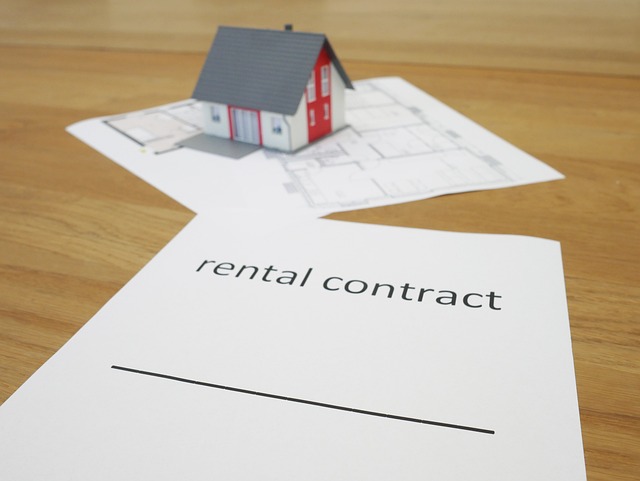Emerging Trend: Repurposing Commercial Real Estate into Residential Spaces
The ever-dynamic world of real estate never ceases to throw up unique, intriguing trends. One such trend gaining popularity is the repurposing of commercial real estate into residential spaces. This concept has a historical context, critical developments, and repercussions on the housing market that we will explore in detail here.

The Historical Context: Diversifying Use of Spaces
The process of repurposing commercial buildings into residential spaces is not entirely new. During the industrial revolution, when cities began to swell, many factories were converted into living spaces to accommodate the influx of workers. However, in the modern context, the trend has gained more traction due to various socio-economic factors such as urbanization, rising property costs, and a shift in living preferences.
Current Market Trends: The Shift to Residential
The shift from commercial to residential spaces is primarily driven by the current market trends. With the advent of e-commerce and remote working culture, the demand for commercial spaces, especially in retail and office sectors, has seen a significant decline. On the other hand, the demand for residential properties, particularly in urban areas, has been consistently high. This imbalance in supply and demand has led investors and developers to consider repurposing commercial buildings into residential units as a viable option.
The Strategy: Advantages and Challenges
The primary advantage of this real estate strategy is its cost-effectiveness. Repurposing is often cheaper than building new structures, as it involves less construction work and fewer regulatory hurdles. It also provides a unique selling proposition, as these buildings often have architectural features that set them apart from typical residential properties.
However, the strategy is not without its challenges. The main issue lies in zoning and land-use regulations, which often limit the types of activities that can be conducted in a particular area. Additionally, converting a commercial building into a residential one may require significant renovations to meet the standards for living spaces.
The Impact: Buyers, Sellers, and Investors
The repurposing trend has a profound impact on all parties involved in the real estate market. For buyers, it offers a wider choice of unique, affordable living spaces in prime locations. For sellers and landlords, it opens up a new potential revenue stream from underutilized or vacant commercial properties. For investors, it presents a lucrative opportunity to capitalize on the current market trends and generate substantial returns.
The Future: A Sustainable Approach to Urban Living
In conclusion, the repurposing of commercial real estate into residential spaces is more than just a trend; it’s a sustainable approach to urban living. It addresses the challenges of urbanization, promotes efficient use of resources, and contributes to the revitalization of city centers. As we look forward to the future of real estate, it’s clear that this strategy has a significant role to play.
In the ever-evolving landscape of real estate, it’s crucial to stay abreast of the latest trends and strategies. By understanding the implications of repurposing commercial spaces for residential use, one can make informed decisions and maximize their real estate opportunities.





